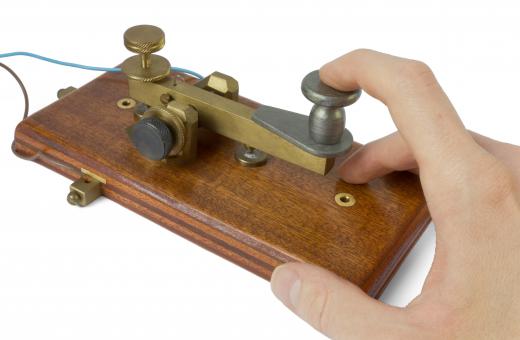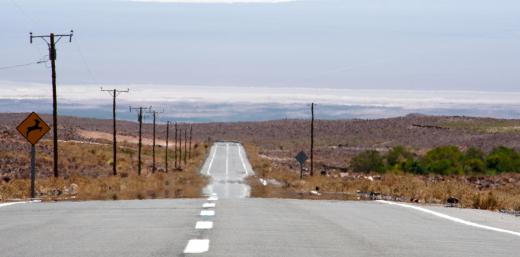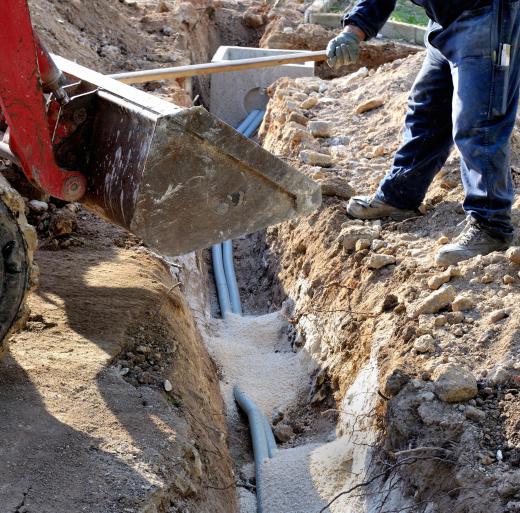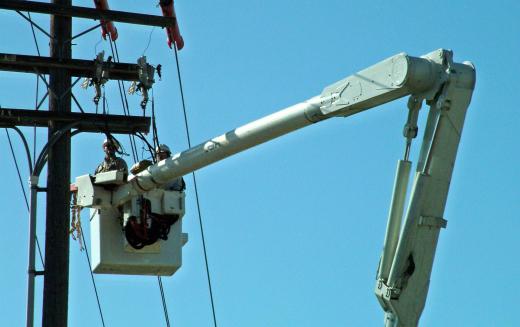An overhead cable is a cable often seen strung overhead, above the houses in residential areas; it commonly provides power or data transmission. These cables are placed on large wooden utility poles and are arranged from the least dangerous cables — for telephone and cable TV transmission — on the bottom to the most dangerous — the power cables — on top. A metal-based overhead cable can cause interference with other nearby cables if power and transmission cables are hung next to each other, but this does not happen if the cables are fiber optic. Overhead cables are a cheaper alternative to wiring the cables underground.
In many civilized areas, the wooden utility pole with its network of overhead cables is a common sight, especially in congested residential areas. Each overhead cable is responsible for carrying either information or power to the connected houses or buildings. There also are systems alongside the cables that operators can access to manage the cables.

The most common use, and the reason why the overhead cable was first hung, is data transmission. Overhead cables were first used when the telegraph system became popular and cables were needed to transmit the telegraph information. In the early 21st century, telephone and cable TV information is sent over these cables, creating an expansive communication network.

Another common use for the overhead cable is to transfer power from power stations to houses. These power lines are mostly made from aluminum and steel, because these metals are efficient in conducting the energy to the house or building that needs power. They are strung high above ground and air provides most of the insulation needed, so these wires are inexpensive to make, maintain and use.

Each overhead cable is arranged based on hazard. Data transmission cables transmit less energy, so they are at the bottom, while higher-energy power cables are placed higher up. This helps with safety, because higher cables are less likely to fall to the ground, and it keeps the wires from interacting. The other reason is that insulation is needed for the cables, and the higher the cable, the more natural insulation it receives from the wind.

Old, metal-based communication overhead cables have a tendency to create noise when a telephone overhead cable and a power cable interact. This noise may just be buzzing or static, or it may accidentally cause phone users to hear other conversations for a few seconds. Interactions are not a problem for modern communication fiber-optic cables, because no noise is produced.
